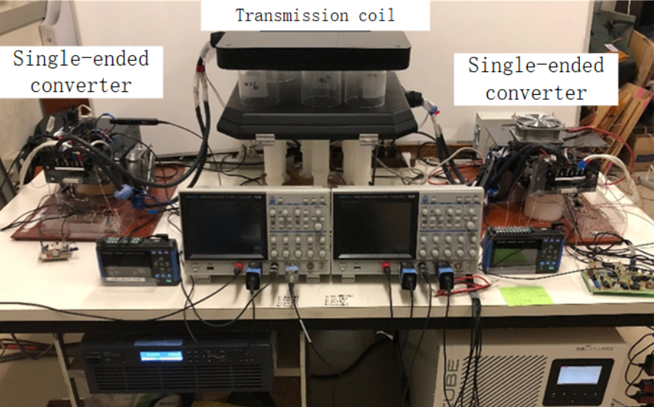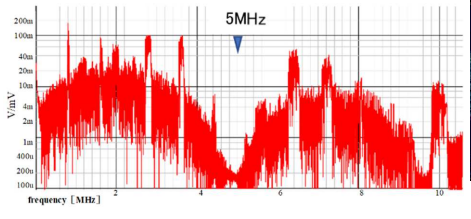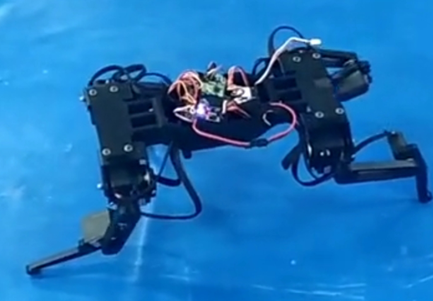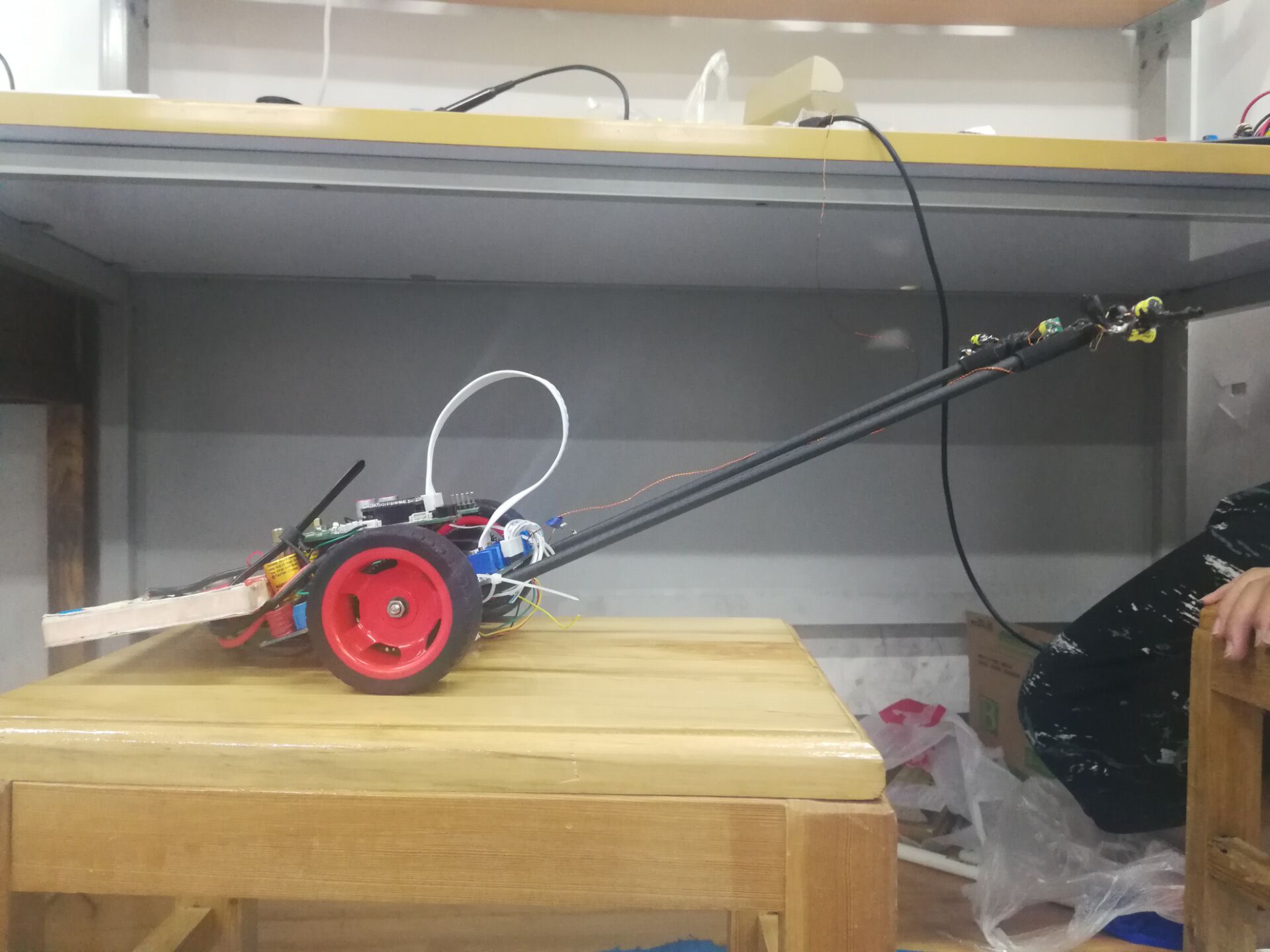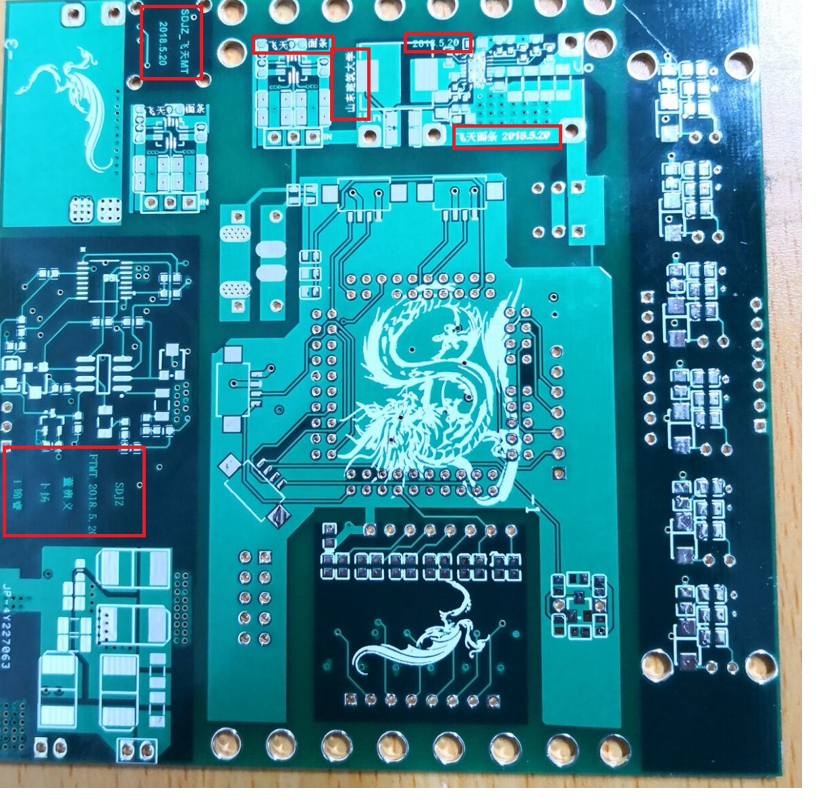
Guiyi Dong
Welcome to my personal webpage! I came to Japan in October 2019 and received my Ph.D. degree from the
Graduate School of Maritime Sciences, Kobe University
in March 2025.
Currently, I am working at
Toyota Motor Corporation,
specializing in power electronics and drive technologies for robotic applications.
On this page, you can learn more about my research interests, projects, and publications.
Thank you for visiting!
News
🏆Guiyi DONG Awarded IEEE TPEL 2024 Second Place Prize Paper Award
The paper
“Over 98% Efficiency SiC-MOSFET Based Four-Phase Interleaved Bidirectional DC–DC Converter Featuring Wide-Range Voltage Ratio”
has received the 2024 Second Place Prize Paper Award from IEEE Transactions on Power Electronics (TPEL).
Guiyi Dong, as the second author, is among the award recipients.
Out of 1,241 papers published in 2024, only 16 (≈1.2%) were selected for this honor.
論文
“Over 98% Efficiency SiC-MOSFET Based Four-Phase Interleaved Bidirectional DC–DC Converter Featuring Wide-Range Voltage Ratio”
が IEEE Transactions on Power Electronics (TPEL) において
2024年度 優秀論文賞(Second Place Prize Paper Award) に選出されました。
Guiyi Dong は第2著者として受賞に名を連ねています。
本年度は、1,241篇中わずか16篇(約1.2%)が選出されました。
📢 Role: ITEC-AP 2025 Special Session Co-Chair
ITEC-AP 2025 にて、特別セッションの共同座長(Co-Chair)を務めることになりました。
https://www.itec-ap2025.com/?page_id=496

🏆 Award: 産業応用部門 優秀論文発表賞 2023
電気学会 産業応用部門より優秀論文発表賞を受賞しました。
🏆 Award: 産業応用部門 優秀論文発表賞 2022
電気学会 産業応用部門より優秀論文発表賞を受賞しました。
Publications
You can view my publications through the following platforms:
Publications marked with 📘 are journal articles. Entries without this symbol are international conference proceedings.


